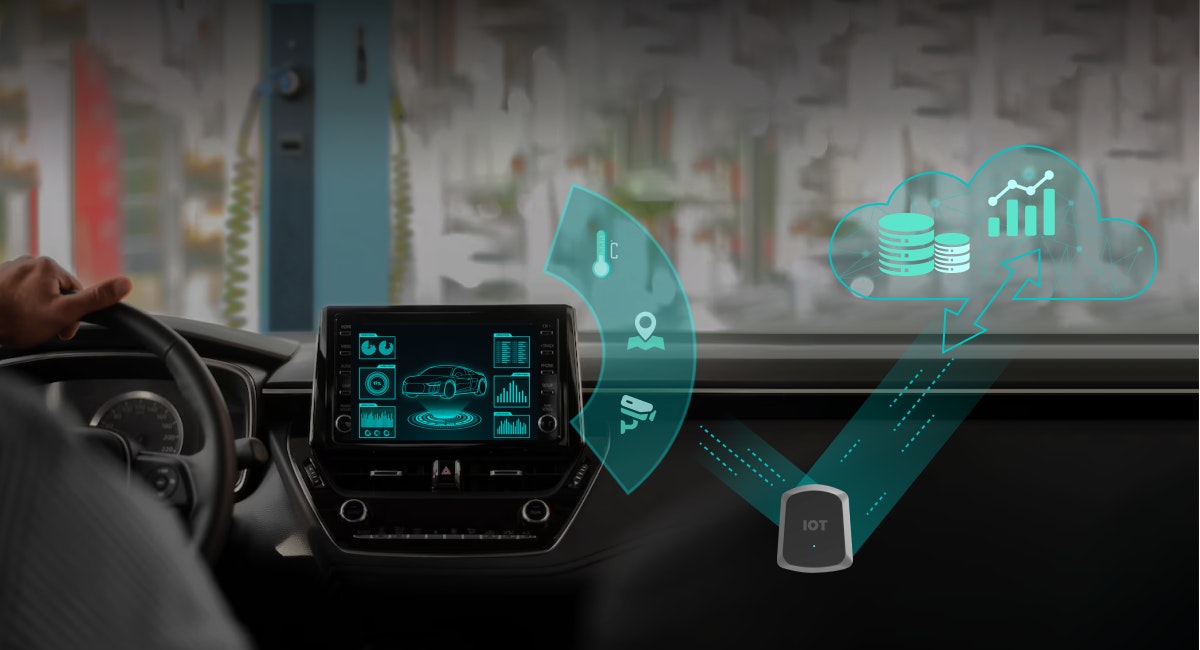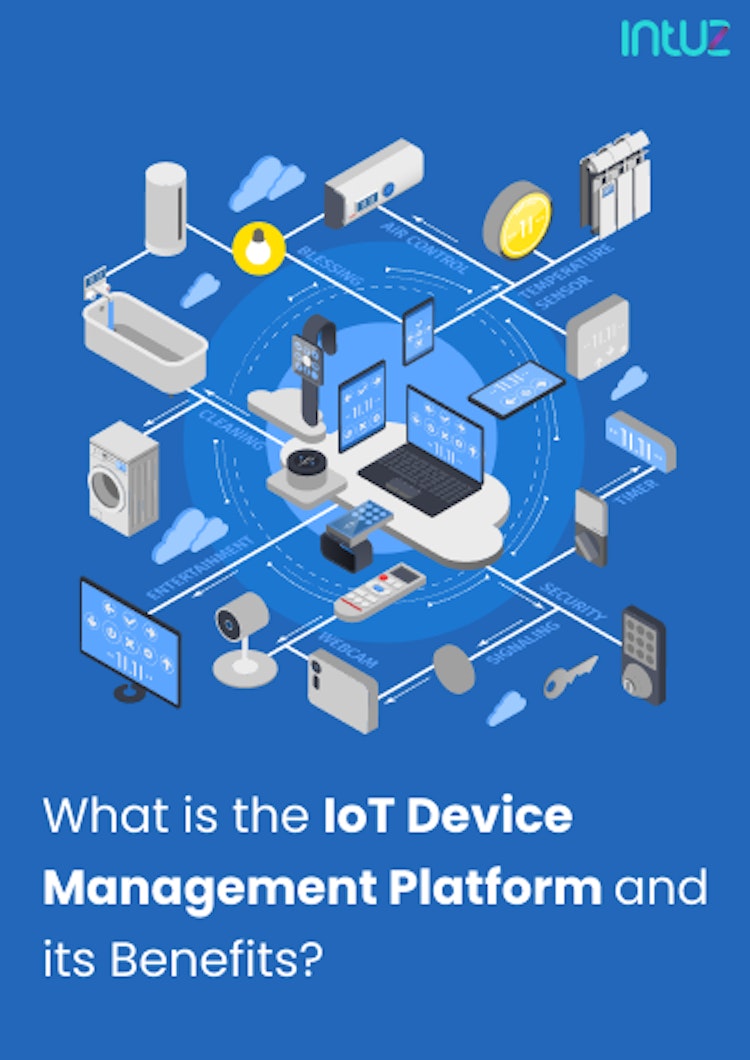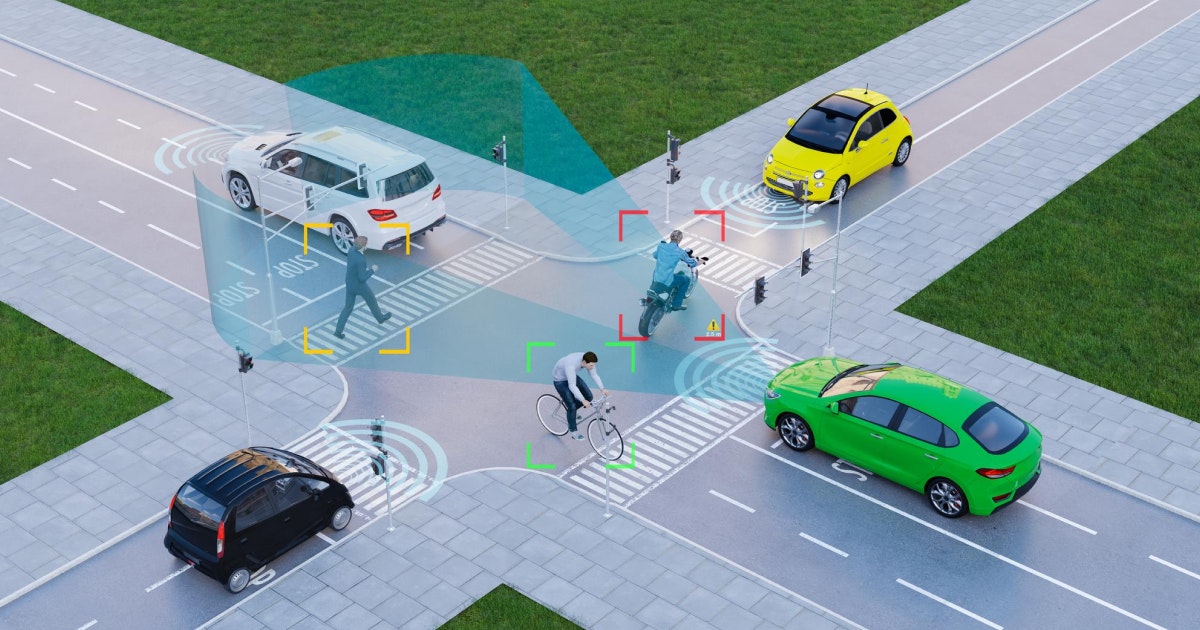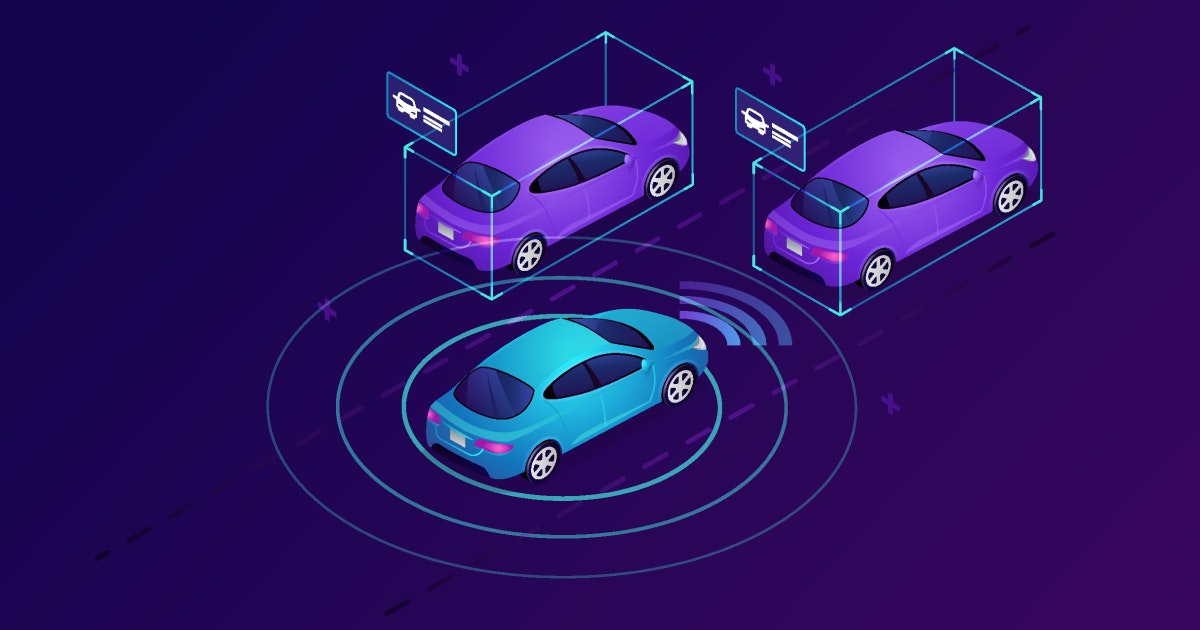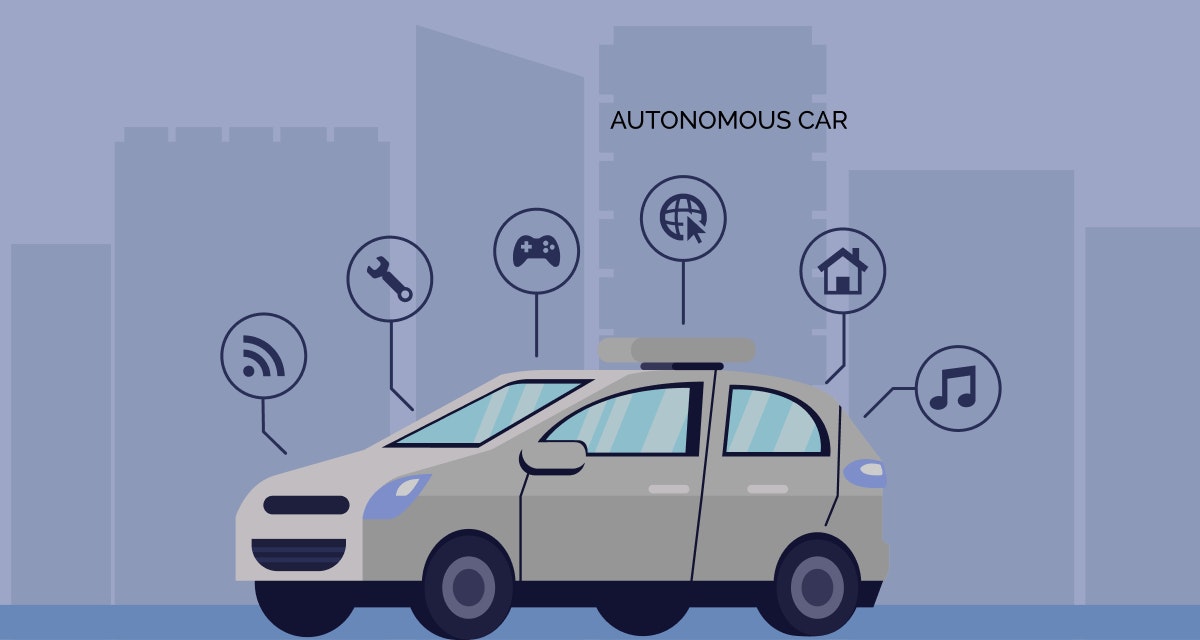Table of Content
How IoT in Electric Vehicles Enhances Efficiency and Overcomes Challenges
In a world grappling with environmental concerns and the diminishing availability of fossil fuel resources, the quest for viable alternatives to internal combustion engines (ICEs) has intensified. EVs have emerged as a promising solution, offering eco-friendly transportation while aiming to maintain affordability, reliability, and efficiency.
However, there are challenges with the range and charging time of EVs. Compared to traditional ICE vehicles, they typically have slower charging times and limited driving ranges. Manufacturers have turned to the Internet of Things (IoT) to overcome these obstacles.
The current state of the EV industry
Governments, policymakers, and consumers are slowly recognizing the importance of reducing carbon emissions and increasing the adoption of EVs. IoT In EV battery management has led to higher energy density, longer ranges, and lowered costs.
Unquestionably, EVs offer many benefits over traditional internal combustion engines.
By substituting fossil fuel combustion with electricity, they play a pivotal role in curbing air pollution, decreasing carbon emissions, and, thus, combating the escalating issue of climate change. Moreover, they inherently boast superior energy-to-motion conversion efficiency, translating into a commendable fuel economy and reduced energy usage.
Lastly, the operational costs associated with EVs are relatively lower. Electricity is generally more affordable than gasoline or diesel, so fuel costs are substantially reduced. With fewer moving components necessitating maintenance, EVs promise potential long-term cost savings, making them an economically attractive option in the long run.
While EVs present compelling advantages, certain obstacles curtail their broader acceptance
. The steep initial investment required for EVs poses a considerable hurdle for many buyers, given their higher price point than traditional vehicles.
In addition, the driving range of EVs still lags behind that of conventional cars, particularly for long-haul journeys. This range limitation is a huge impediment to their universal adoption.
Moreover, the shortage of charging infrastructure remains a daunting challenge for potential and current EV owners. The expansion and accessibility of public charging stations and the convenience of home charging options are crucial to the widespread adoption of EVs.
Revolutionize Your EVs with Custom IoT Integration Solutions!
Explore ServicesApplications of IoT in Electric Vehicles
The advent of IoT has opened Pandora’s box of possibilities for the EV industry. The technology enables remote control and management, enabling charging stations to offer personalized services to EV drivers and respond in real time to unexpected events.
The arrangement helps drivers navigate their journey more effectively and assists in planning charging stops or breaks during their travel. By improving accessibility to this information, the IoT greatly enhances the driving and ownership experience for EV users.
1. Vehicle connectivity
IoT technology enables real-time data collection related to various vehicle performance parameters, such as battery health, tire pressure, engine condition, and more. This continuous stream of data can be processed and analyzed to monitor the vehicle's overall health, ensuring it is operating at its optimal capacity.
This kind of real-time monitoring also allows for the early detection of potential issues that might otherwise go unnoticed until they cause significant problems. Leveraging the power of advanced analytics and ML, the data collected from the vehicle can be used to predict potential maintenance issues before they become substantial problems.
For instance, unusual patterns in engine performance data might indicate an impending failure that can be addressed during a scheduled maintenance stop rather than leading to a breakdown on the road.
A proactive approach to maintenance can effectively reduce downtime and associated repair costs. By predicting and addressing maintenance issues before they lead to breakdowns, IoT technology can also reduce how much continuous data collection from IoT devices empowers charging point operators (CPOs) to optimize performance and enhance the overall charging experience. Let us take a look at the role IoT plays in electric vehicles.
2. Predictive maintenance
IoT technology allows EVs to connect directly with charging stations, which streamlines charging and automates the identification of the vehicle at the station, initiating the charging procedure, and handling the billing process digitally without requiring manual intervention.
The arrangement enhances the efficiency of the charging process and simplifies the payment procedure, providing a seamless charging experience for EV owners. IoT also facilitates communication between EVs and traffic management systems, including traffic lights.
The “vehicle-to-infrastructure” communication enables intelligent traffic management. That means EVs can receive real-time information about traffic light changes, helping them optimize their speed and reduce stop times.
This can reduce traffic congestion, improve fuel efficiency, and enhance overall road safety. Through IoT, EVs can provide real-time data about the vehicle’s location and nearby facilities such as charging stations, parking lots, or restaurants.
ime a vehicle is out of service for repairs.
This lowers repair costs and maximizes vehicle uptime, which is crucial for commercial vehicles, where downtime directly impacts profitability. That way, IoT technology can contribute to the overall operational efficiency and profitability of a fleet of EVs.
3. Energy management
Through real-time data analytics, IoT systems can monitor and adjust energy usage in various vehicle components, such as lighting, air conditioning, or powertrain. This fine-tuning helps extend the vehicle’s range by ensuring energy is used as efficiently as possible.
Furthermore, smart charging systems can optimize the charging process, potentially reducing the time it takes to charge the vehicle’s battery. IoT systems can detect when an EV is idle and adjust power usage accordingly to conserve energy.
For instance, if the vehicle is stationary but the engine is running, the system might reduce power to non-essential systems or suggest turning the vehicle off completely. The feature helps conserve energy, thereby extending the vehicle’s range.
By optimizing energy consumption and adjusting power usage in idle mode, IoT technology can significantly improve the range of an EV. That means drivers can travel longer distances before needing to recharge. Smart charging systems can also decrease charging time, making the process more convenient for EV owners.
4. Fleet management
IoT technology enables real-time tracking of both vehicle location and performance metrics. This capability is particularly beneficial for fleet managers, who can utilize the data to optimize vehicle routing based on current location, traffic conditions, and vehicle status.
Moreover, real-time vehicle performance monitoring can help identify issues early on, preventing costly breakdowns and improving vehicle utilization. The data gathered via IoT can be used to optimize routing, minimize unnecessary travel, and reduce fuel consumption.
This leads to massive cost savings and emphasizes environmental responsibility in business operations. Plus, route optimization boosts fleet efficiency as less time and money are wasted on inefficient routes or unnecessary maintenance.
How Automotive IoT Solutions Will Modernize Vehicles We Know Today
Learn More5. Personalized user experience
Through the use of IoT in electric vehicles, one can provide custom in-car experiences for greater user satisfaction. For instance, the system can learn and remember the user’s preferred music choices or climate settings and adjust them automatically when they enter the vehicle.
This level of personalization provides a unique and comfortable driving environment, which can increase user satisfaction and promote brand loyalty. IoT technology can also enhance user satisfaction by offering a highly personalized and convenient driving experience.
Happy customers are more likely to remain loyal to a brand, which is crucial in the highly competitive EV market. Those who are satisfied and loyal can provide positive word-of-mouth referrals and promote the benefits of EVs over traditional gasoline-powered vehicles.
6. EV charging management
IoT technology allows for the remote monitoring and management of EV charging infrastructure. This capability ensures that charging stations are available and functioning correctly when needed, improving the user experience. Additionally, it enables operators to optimize utilization.
IoT devices can gather real-time data on energy usage during the charging process, which generates accurate billing information, eliminating the need for manual meter readings and reducing the likelihood of billing errors. The data can be used for efficient energy management, helping optimize energy usage and potentially reducing costs.
IoT in EV charging infrastructure emphasizes using renewable energy sources, such as solar or wind power, which reduces reliance on non-renewable energy sources and lowers carbon emissions associated with EV charging. This integration can be managed dynamically based on the availability of renewable energy, further optimizing energy use.
The technology can also enable dynamic load balancing to manage power demand effectively and avoid overloading the grid, especially during peak times. By monitoring and adjusting the power demand of charging EVs in real-time, IoT devices can ensure that the energy grid is used efficiently, preventing blackouts and enhancing the reliability of the power supply.
7. Battery management
IoT technology allows for real-time monitoring of the health and performance of an EV’s battery. This includes tracking temperature, voltage, current, and charge level.
Monitoring these indicators makes it possible to ensure the battery is operating optimally, potentially extending its lifespan and improving the vehicle’s reliability.
Using advanced data analytics, the IoT can predict battery degradation and potential failure before they become critical problems. The system can provide early warnings of potential issues by identifying patterns and anomalies in battery performance data, which enables preventative maintenance, and reduces the likelihood of unexpected battery failure.
IoT technology can also optimize the battery charging process. For instance, it can manage the charging rate to ensure the battery is charged as quickly as possible without causing overheating or other issues that could degrade its lifespan.
IoT in EV charging management can schedule charging during off-peak hours when electricity rates are lower, potentially reducing charging costs.
Benefits of IoT in Electric vehicles
The integration of IoT technology in EV charging stations has become a prominent topic in the industry because of its various applications, generating massive interest among companies seeking to adopt innovative solutions. This technology offers a range of notable benefits:
1. Enhanced user experience
Through smartphone apps or vehicle dashboards, drivers can access accurate and up-to-date information about their vehicle’s charging status, battery range, and maintenance needs. The information empowers users to plan their journeys effectively, locate nearby charging stations, and monitor their vehicle’s performance.
2. Increased efficiency
Sensors embedded in various vehicle components, such as batteries, motors, and charging systems, collect real-time data on energy consumption, temperatures, and performance metrics. The data is then analyzed to identify patterns, anomalies, and areas for improvement.
By optimizing vehicle systems and energy usage based on this analysis, manufacturers can enhance the energy efficiency of EVs and improve range estimation accuracy.
3. Reduced downtime
Sensors can identify potential issues or malfunctions by continuously collecting and analyzing data from vehicle components before they cause significant problems. This allows for timely maintenance or repairs, minimizing extended downtime.
By addressing maintenance needs proactively, EVs can remain on the road for longer periods, reducing disruption to operations and improving productivity.
4. Cost savings
By analyzing the data collected from various vehicle components, such as batteries, motors, and charging systems, IoT sensors can detect anomalies or signs of potential failures and address issues proactively before they lead to breakdowns or major repairs. The approach reduces downtime, minimizes repair costs, and increases the overall cost-effectiveness of EV operations.
Challenges of IoT in Electric Vehicles
While there are considerable benefits to integrating IoT devices into EVs, it is essential to acknowledge the associated challenges:
1. Interoperability and standardization
As the IoT ecosystem consists of various devices and systems from different manufacturers, developing and implementing standard protocols and interfaces is essential to ensuring that different IoT devices and systems can communicate and work together effectively. Without such standards, the full potential of IoT in the EV industry may not be realized.
2. Integration with legacy systems
Many existing infrastructures and systems in the EV industry were not originally designed to support IoT technology. Integrating IoT devices with these legacy systems can be tedious, requiring significant time and resources. The charging stations need to be upgraded regularly to accommodate the latest technologies and ensure they are working properly.
3. Data security and privacy
With IoT technology gathering and transmitting vast amounts of data in the EV industry, it is vital to implement robust security measures to protect user data from unauthorized access and cyberattacks. Furthermore, privacy regulations must be followed, ensuring sensitive user data is handled appropriately and confidentially.
IoT-Based Monitoring And Speed Control Of Automotive Motors
Learn MoreFuture of IoT in Electric Vehicles
The expanding EV charging market and increased provider consolidation highlight the need for dependable, consistent services across regions and networks. IoT technology is central to this, facilitating instant data exchange and effective remote management of charging infrastructure.
It is estimated that the connected cars and IoT industry will be worth $42 billion by 2024, growing at a CAGR of 9.2% per year. At the same time, the global market for IoT in all areas of the car industry, not just connected cars, is expected to grow to $322 billion by 2028.
EV OEMs and businesses should consider using IoT technology in their work and products. This will help them make the most of the opportunities technology can offer. Here is what the future could look like for IoT in the EV industry:
1. Expansion of IoT applications
As technology continues to evolve, we can expect to see the expansion of IoT applications within the EV industry. These might include more advanced user experience features, such as personalized in-car services based on user preferences, and improvements in vehicle efficiency, such as advanced energy management systems.
2. Technological advancements
The future of IoT in the EV industry will likely be characterized by continued technological advancements, particularly in sensors, connectivity, and data analysis.
Improvements in sensor technology will enable more accurate and detailed data collection, while advances in connectivity will facilitate faster and more reliable data transmission. In data analysis, we can expect increasingly sophisticated algorithms capable of deriving valuable insights from the vast amounts of data generated by IoT devices in EVs.
3. Integration of AI and ML
Integrating AI and ML with IoT technology holds much potential for the EV industry. These technologies can enable predictive capabilities, such as anticipating maintenance issues before they occur or predicting battery life based on usage patterns. They can also contribute to autonomous capabilities, supporting the development of self-driving EVs.
4. New business models
The integration of IoT in electric cars will likely give rise to new business models in the EV industry. These might include services based on the data collected by IoT devices, such as usage-based insurance, or new vehicle ownership models, such as shared mobility services.
These new models can help promote the adoption of EVs and provide opportunities for companies to monetize their IoT capabilities.
The Massive Rise Of IoT For Electric Vehicle Charging
Read NowConclusion
From optimizing energy consumption and vehicle performance to enabling personalized in-car experiences and streamlining charging processes, the IoT enhances operational efficiencies and the overall user experience.
Integrating renewable energy sources and providing real-time data on energy usage facilitates predictive maintenance and ensures optimal charging infrastructure utilization. If you are in the EV industry and interested in leveraging the power of IoT to enhance your business operations, we invite you to book a free consultation with us.
